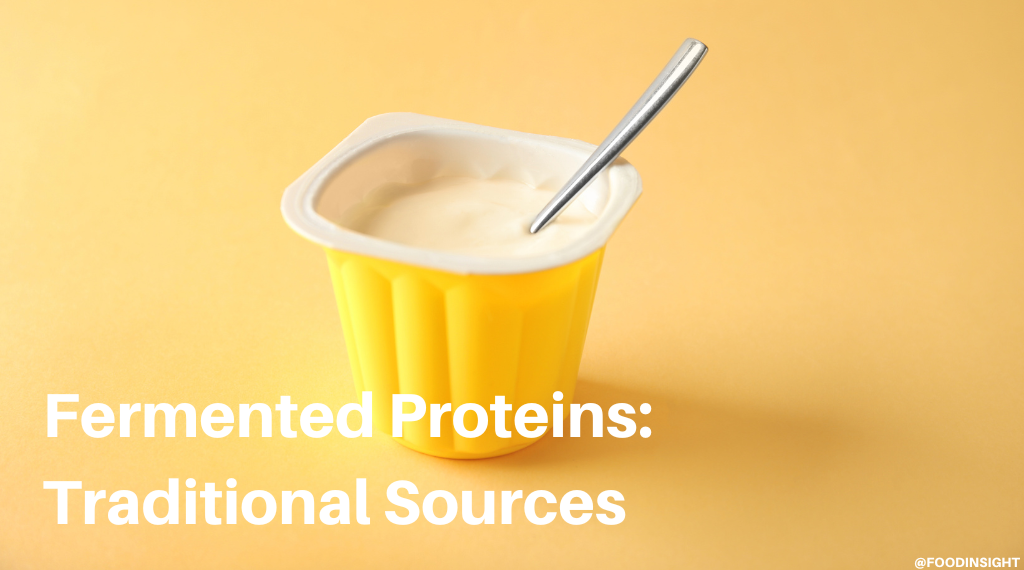Americans are becoming more and more interested in fermented foods—a trend that runs parallel with our increasing commitment to put more protein on our plates. But what happens when you combine these two food categories to create fermented proteins? In short, the result is buzzworthy and ripe for innovation. For the first installment in IFIC’s two-part series on fermented proteins, let’s learn about “traditional” fermented proteins, which cover products that have been part of our food supply for a long time and may be more familiar to us. In the second article of this series, we’ll talk about recent innovations in the field and provide some examples of newly created fermented protein offerings.
What is fermentation?
In a nutshell, fermented foods are produced by the actions of microbes. The different flavors, textures, and appearances of fermented foods are determined by certain species of bacteria, yeast, and mold.
Scientifically speaking, fermentation is an anaerobic process, meaning that it occurs without oxygen. During fermentation, bacteria or yeast convert the sugars in a food to other compounds, typically resulting in the production of alcohol or organic acids. The specific compounds produced by these microbes result in the fermented foods that we’re familiar with today—for example, microbes that convert sugars to alcohol are used to produce beer and wine, while the microbes that make lactic acids give foods like yogurt and sour cream their signature tangy flavour.











